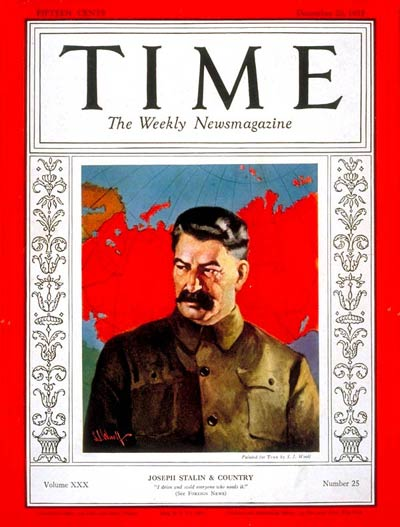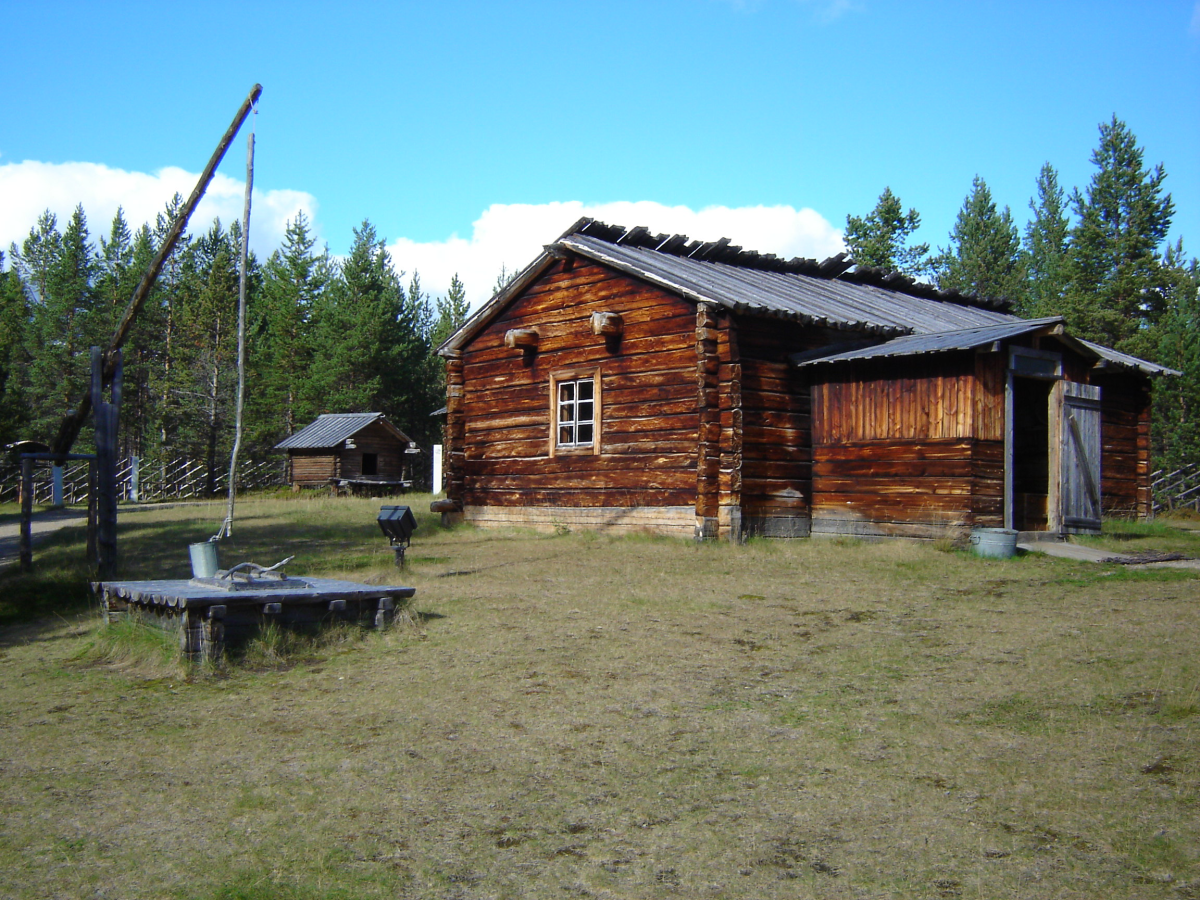A CLAIM FOR A TRUE WORLDVIEW. Amazon Books. Click link and Buy Now.
TREATIES TREATY OF BREST-LITOVSK
“The outcome of World War I was disastrous for both the German Reich and the Russian Soviet Federative Socialist Republic. During the war, the Bolsheviks struggled for survival, and Vladimir Lenin gave provision for some independence of Finland, Estonia, Latvia, Lithuania, and Poland, to get a broader support base. He did not encourage small independent States. Moreover, facing a German military advance, Lenin and Trotsky were forced to enter into the Treaty of Brest-Litovsk, which ceded vast western Russian territories to the German Empire.”
After Germany’s collapse, a multinational Allied-led army intervened in the Russian Civil War (1917– 22). The Treaty of Brest-Litovsk was a peace treaty signed on 3 March 1918 between the new Bolshevik government of Soviet Russia and the Central Powers (Germany, Austria-Hungary, Bulgaria, and the Ottoman Empire), which ended Russia’s participation in World War I.
“In the treaty, Bolshevik Russia ceded the Baltic States to Germany; they were meant to become German vassal states under German princelings. Russia also ceded its province of Kars Oblast in the South Caucasus to the Ottoman Empire and recognized the independence of Ukraine. (Encyclopedia, Treaty of Brest-Litovsk, 1918)”
THE TREATY OF RAPALLO
The Treaty of Rapallo was an agreement signed on 16 April 1922 between Germany and the Russian Soviet Federative Socialist Republic (RSFSR) under which each renounced all territorial and financial claims against the other following the Treaty of Brest-Litovsk and World War I. (Wikipedia, Treaty of Rapallo, 1922)
TREATY OF BERLIN 1926
“Treaty of Berlin (German-Soviet Neutrality and Nonaggression Pact) is a treaty of 24 April 1926 under which Germany and the Soviet Union pledged neutrality in the event of an attack on the other by a third party for the next five years. The treaty reaffirmed the German-Soviet Treaty of Rapallo signed in 1922. (Encyclopedia, Treaty of Berlin, 1926)”
THE GERMAN-SOVIET FRONTIER
The German-Soviet Frontier Treaty was a second supplementary protocol, of the 1939 Hitler-Stalin Pact (known as the German-Soviet Treaty of Nonaggression, or by its original name of the German-Soviet Treaty of Friendship, Cooperation, and Demarcation). It was a secret clause as amended on September 28, 1939, by Nazi Germany and the Soviet Union after their joint invasion and occupation of sovereign Poland. (Encyclopedia, German-Soviet Frontier Treaty, 1939)
THE ALLIED INTERVENTION 1918
“The Allied intervention was a multi-national military expedition launched during the Russian Civil War in 1918. The stated goals were to help the Czechoslovak Legion, to secure supplies of munitions and armaments in Russian ports, and to re-establish the Eastern Front. After the Bolshevik government withdrew from World War I, the Allies militarily backed the Bolsheviks forces in Russia. (Wikipedia, Allied intervention in the Russian Civil War, 1918-25)”
LEGAL TREATY OF TARTU 1920
The Treaty of Tartu between Finland and Soviet Russia was signed on 14 October 1920 after negotiations that lasted four months. The treaty confirmed the border between Finland and Soviet Russia after the Finnish civil war and Finnish volunteer expeditions in Russian East Karelia. The treaty signed in Tartu (Estonia) at the Estonian Students’ Society building. Ratifications of the treaty were exchanged in Moscow on 31 December 1920. The treaty registered in the League of Nations Treaty Series on 5 March 1921. The treaty confirmed that the Finnish-Soviet border would follow the old border between the autonomous Grand Duchy of Finland and Imperial Russia. Finland additionally received Petsamo, with its ice-free harbor on the Arctic Ocean. As far back as 1864, Tsar Alexander II had promised to join Petsamo to Finland in exchange for a piece of the Karelian Isthmus. Finland also agreed to leave the joined and then occupied areas of Repola (joined to Finland during the Viena expedition) and Porajärvi (joined during the Aunus expedition) in Russian East Karelia. (Wikipedia, Treaty of Tartu (Russian– Finnish), 1920)
THE SOVIET– FINNISH NON-AGGRESSION PACT 1932
“The Soviet– Finnish Non-Aggression Pact was a non-aggression treaty signed in 1932 by representatives of Finland and the Soviet Union. The pact was unilaterally renounced by the Soviet Union in 1939 after it had committed the deception operation Shelling of a town called Mainila, shelling its own troops inside a village Allies militarily backed the Bolsheviks forces in Russia. (Wikipedia, Allied intervention in the Russian Civil War, 1918-25)”
LEGAL TREATY OF TARTU 1920
The Treaty of Tartu between Finland and Soviet Russia was signed on 14 October 1920 after negotiations that lasted four months. The treaty confirmed the border between Finland and Soviet Russia after the Finnish civil war and Finnish volunteer expeditions in Russian East Karelia. The treaty signed in Tartu (Estonia) at the Estonian Students’ Society building. Ratifications of the treaty were exchanged in Moscow on 31 December 1920. The treaty registered in the League of Nations Treaty Series on 5 March 1921. The treaty confirmed that the Finnish-Soviet border would follow the old border between the autonomous Grand Duchy of Finland and Imperial Russia. Finland additionally received Petsamo, with its ice-free harbor on the Arctic Ocean. As far back as 1864, Tsar Alexander II had promised to join Petsamo to Finland in exchange for a piece of the Karelian Isthmus. Finland also agreed to leave the joined and then occupied areas of Repola (joined to Finland during the Viena expedition) and Porajärvi (joined during the Aunus expedition) in Russian East Karelia. (Wikipedia, Treaty of Tartu (Russian– Finnish), 1920)
THE SOVIET– FINNISH NON-AGGRESSION PACT 1932
“The Soviet– Finnish Non-Aggression Pact was a non-aggression treaty signed in 1932 by representatives of Finland and the Soviet Union. The pact was unilaterally renounced by the Soviet Union in 1939 after it had committed the deception operation Shelling of a town called Mainila, shelling its own troops inside a village
and claimed Finland to be responsible. It was a false flag operation. The Soviet Union had started non-aggression pact negotiations with its neighboring countries in Europe during the Invasion of Manchuria, due to which the Soviet Union wanted to secure its borders. Although Finland was the last to sign the pact on January 21, 1932, after Estonia, Latvia, and Poland, it was the first to ratify it in July 1932. Both parties guaranteed to respect the borders between the countries and agreed to stay neutral. Disputes were promised to be solved peacefully and neutrally. The pact was extended to December 31, 1945, in Moscow on April 7, 1934. It was signed by the Finnish foreign minister Aarno Yrjö-Koskinen and the Soviet foreign minister Maxim Litvinov. The pact was renounced by the Soviet Union on 28 November 1939, two days before its invasion of Finland, claiming Finland had shelled a Soviet village. According to the Article Five,[ 2] parties should have called for a joint commission to examine the incident, which Finland tried to call but the Soviet Union refused. (Encyclopedia, Soviet– Finnish Non-Aggression Pact, 1932)”
FALSE FLAG OPERATION 1939
On 26 November 1939, an incident was reported near the Soviet village of Mainila close to the border with Finland: A Soviet border guard post had been shelled by an unknown party resulting, according to Soviet reports, in the deaths of four and injuries of nine border guards. Research conducted by several Finnish and Russian historians later concluded that the shelling was a false flag operation carried out from the Soviet side of the border by an NKVD unit, with the purpose of providing the Soviet Union with a casus belli and a pretext to withdraw from the non-aggression pact of 1932. Trail of the Nemesis. The contemporary term, false flag, describes covert operations that are designed to deceive in such a way that activities appear as though they are being carried out by individual entities, groups, or nations other than those who planned and executed them. (Encyclopedia, Shelling of Mainila, 1939)
CASUS BELLI
“Casus belli is a Latin expression meaning “an act or event that provokes or is used to justify war” (literally, “a case of war”). A casus belli involves direct offenses or threats against the nation declaring the war, whereas a casus foederis involves offenses or threats against its ally, usually one bound by a mutual defense pact. Either may be considered an act of war. (Wikipedia, Casus belli, 2018) ”
THE MOLOTOV– RIBBENTROP PACT 1939
The Molotov– Ribbentrop Pact, also known as the Nazi German-Soviet Pact of Aggression. On the official formality paperwork, it was written as: Treaty of Non-aggression between Germany and the Union of Soviet Socialist Republics). On the favorable light, it was a neutrality pact between Nazi Germany and the Soviet Union, signed in Moscow on 23 August 1939 by foreign ministers Joachim von Ribbentrop and Vyacheslav Molotov. It had a commercial dimension to it also. Followed by the German-Soviet Commercial Agreement in February 1940.
A COIN WITH TWO SIDES A physical coin has two sides, so did the Molotov and Ribbentrop Pact. On the face of it on paper, it was presented as the means of securing peace in Europe between Stalin’s military power and Hitler’s Nazi Germany military might. That was the face side of the coin.

The Coveted New York Time Magazine 1937, 1939
“The Time magazine in New York in 1939 also presented the Molotov & Ribbentrop Pact with the face of Stalin on the front cover of the Time magazine. But, in their thinking mind, they over simplified reality and were ignorant of the Stalin track record, between 1905 and 1939, and misjudged the criminal nature of Stalin.”
“Stalin’s nature was that of a hardened professional criminal. The criminal nature can be seen as early as 1905, and his violent actions reinforce that all the way to 1939. The people at the Time magazine saw the event in a narrow two-dimensional way as if reality was only being played out in two-dimensional space, on the paperwork. The Time magazine used the commercial opportunity to deceive the American public and others globally for their commercial interest, to sell their magazines with the misguided reality of Europe in 1939.”
Victor Leinonen. A Claim For A True Worldview (Kindle Locations 2770-2775).
Amazon Books.

Leave a Reply